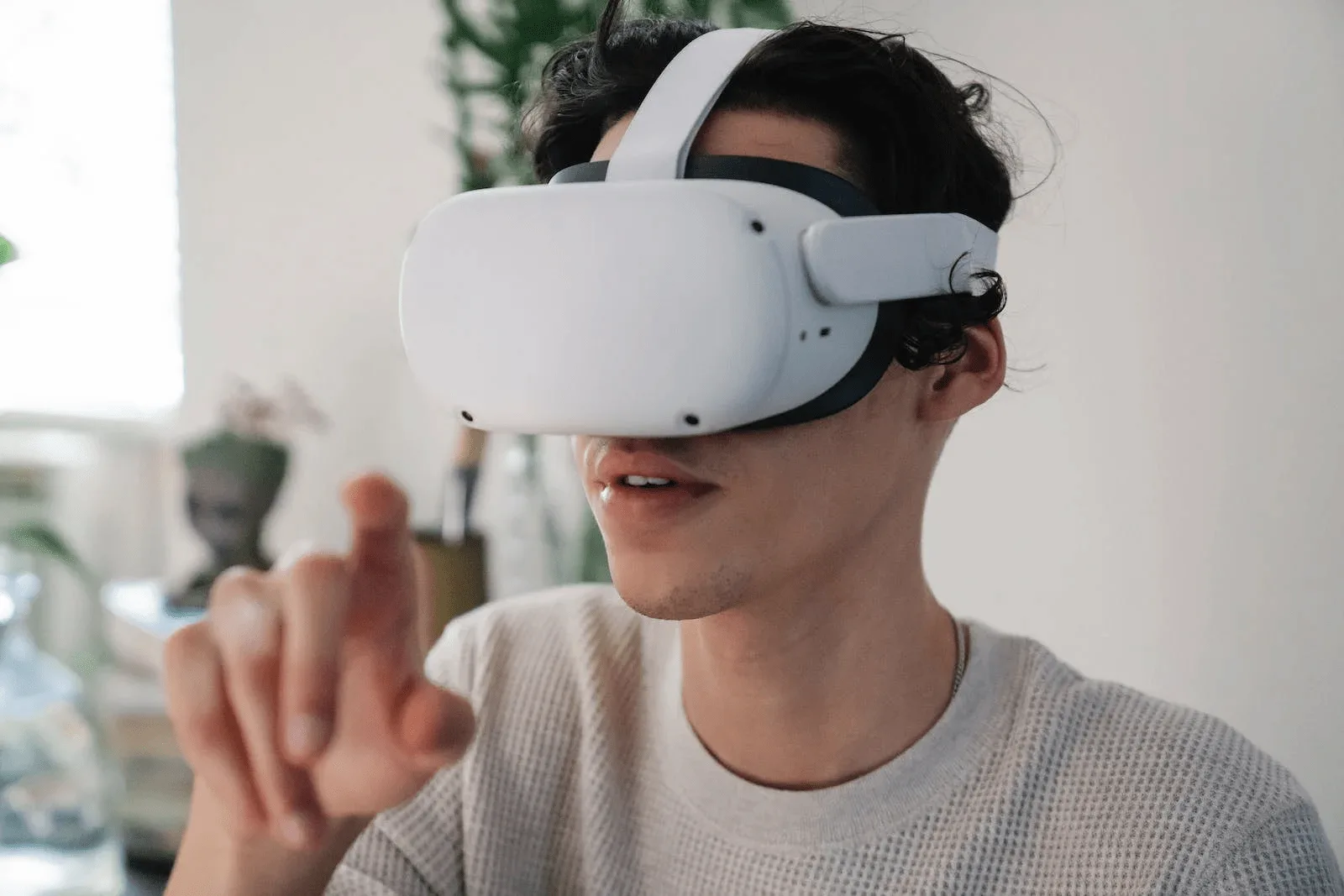The landscape of education is evolving faster than ever before. With the influx of technological advancements, the way students learn, interact, and engage with their coursework is undergoing a significant transformation. This metamorphosis isn’t limited to the classroom; even college homework is on the brink of a massive overhaul. One technology that promises to reshape how students approach their assignments and studies outside the classroom is Virtual Reality (VR) and its close relative, Augmented Reality (AR). These technologies, rooted in the world of gaming and entertainment, are now moving to center stage in educational circles. And as homework assignments transform into immersive experiences, students and educators alike will need support to navigate these novel terrains. For those seeking guidance, resources found on sites like https://123homework.com/college-homework-help offer invaluable assistance as we step into this brave new world of augmented learning.
Virtual Reality: A Leap into Immersive Learning
Virtual Reality, at its core, is about creating a computer-generated environment that users can explore and interact with. Instead of simply reading about ancient Rome, imagine students putting on VR headsets and walking through the Roman Forum, hearing Latin spoken in the background, and watching virtual citizens go about their daily lives. By immersing students in such realistic, three-dimensional environments, VR can turn what might be a mundane reading assignment into an engaging and memorable experience.
Benefits of VR in College Homework
Experiential Learning: The old adage “seeing is believing” takes on a new dimension with VR. Concepts that are complex to grasp on paper, like quantum physics or the inner workings of a cell, can be visualized and experienced in VR, making comprehension easier.
Engagement: VR can turn routine assignments into captivating experiences, ensuring that students remain interested and motivated.
Empathy and Perspective: VR can also put students in someone else’s shoes. Imagine a sociology assignment where students can experience life as a refugee or understand the challenges faced by people with disabilities.
Augmented Reality: Enhancing the Real World
While VR takes students to a completely virtual environment, AR overlays digital information in the real world. Through AR, students can visualize data, see 3D models, or receive real-time feedback as they work on their assignments.
Benefits of AR in College Homework
Interactive Textbooks: AR can transform traditional textbooks into dynamic sources of information. Pointing a tablet or smartphone at a page could bring up videos, 3D models, or supplementary data.
Practical Application: Science and engineering students can use AR to overlay designs or experiments on their surroundings, providing a tangible understanding of theoretical concepts.
Collaboration: Students can work together, sharing AR experiences, combining insights, and collaborating in real-time on projects.
Challenges Ahead: Implementation and Equity
While the benefits are numerous, integrating VR and AR into college homework isn’t without its challenges. These include:
Cost: VR and AR devices can be expensive. Ensuring every student has access will require significant investment.
Training: Both students and educators will need to be trained to use these tools effectively.
Equity: There’s a danger that students without access to these technologies at home will be left behind, widening the digital divide.
Health and Safety: Prolonged use of VR can lead to motion sickness or other health concerns. Establishing best practices for use is crucial.
Looking to the Future: A Blended Reality of Learning
As we move forward, the integration of VR and AR in college homework is inevitable. These tools offer a chance to deepen understanding, foster engagement, and bridge the gap between theory and application.
Institutions and educators will need to be proactive, ensuring that the introduction of these technologies enhances learning and doesn’t exacerbate existing inequities. Collaboration between tech companies and educational institutions will be paramount in ensuring this transition is smooth and beneficial for all.
In the end, the fusion of VR and AR with college homework promises a future where learning is more immersive, dynamic, and connected to the real world. As these lines between reality and virtuality blur, students will be equipped with a richer, more comprehensive education that prepares them for the challenges of the 21st century.




